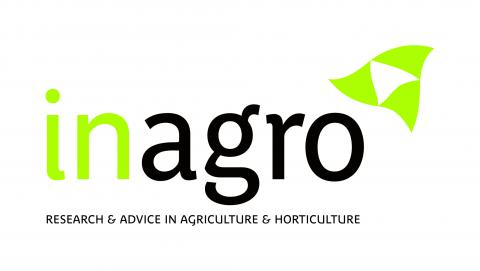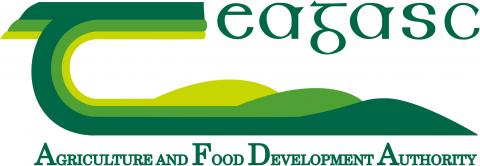Agricultural activities in the action lab
The Mara catchment is representative for subsistence farming systems in the Carpathian Mountains – cattle and sheep breeding. The study area is a typical cultural landscape shaped by traditional practices, the so called mosaic “living” landscape.
Breb is a good example of traditional agricultural setting where families have their own piece of land, a few animals and often an orchard. This means lots of villagers having a very self sufficient way of life, providing their own families with home grown food and other self produced products.
The key aspects of the landscape and the agricultural activities in Maramures actionlab area are:
- A mix of pastures, arable land, orchards;
- A most arable land is cultivated by corn and potatoes;
- There is a high division of land properties;
- A minimal input of chemical fertilizers and pesticides;
- Low human intervention;
- Long history of traditional agricultural use (sheep, cattle breeding, etc).
- Rural communities with strong roots in traditional wooden civilization - wooden architecture, customs, traditional costumes;
Animal breeding and the related manure deposits are directly linked to the water quality in the actionlab.
The most common type of animal farm kept by the households is poultry, followed by cows, pigs, sheep, horses and rabbits.
The average number of milking cows kept is 1-2 and these are the most important source of manure produced and stored in the village Breb.
Farm animals are kept in barns close to the household for most of the year. For example, pigs are usually permanently housed, cows will graze during the summer months but return to the barn at night, and sheep will spend 4-5 months away whilst grazing at pasture. But at some point manure accumulates in the barns from all the types of livestock that are kept. This is regularly cleaned out (often daily) into a “store” close to the barn where it usually remains for 6-12 months – sometimes for a shorter period of time (1-6 months).
The majority of manure is applied in the period of December to May with a clear preference to spread manure as soon as possible before the end of February. Some households also apply a small proportion (of their manure in the autumn period (September–November).
Very few manure stores have a hard stone or wooden base that may prevent water contamination.








